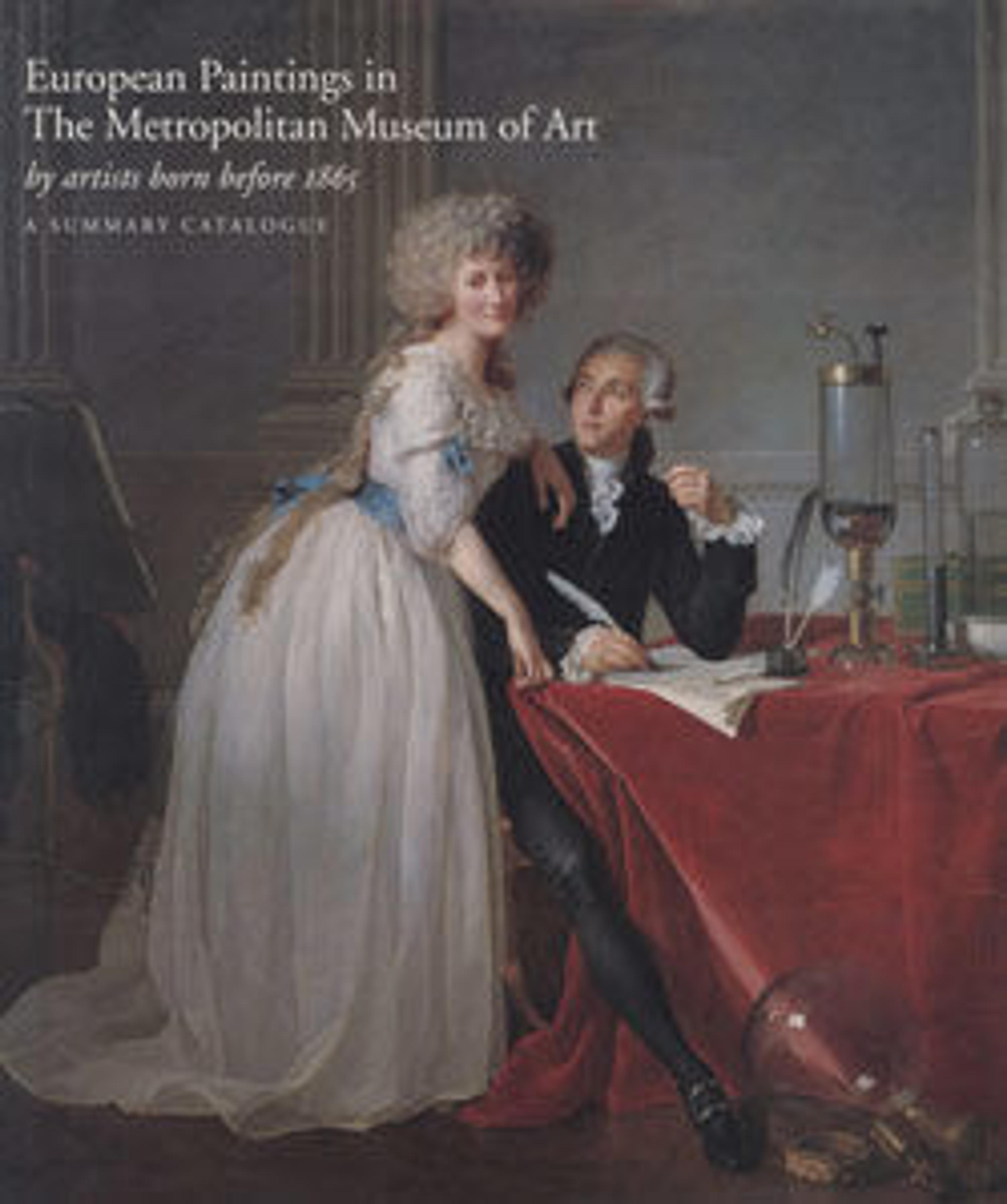The Adoration of the Magi
Bartolo di Fredi was the most important painter in Siena in the second half of the fourteenth century. Accommodating the vertical composition, the overlapping figures of servants, kings, and horses are densely assembled around the Virgin and Child. The panel, which has been truncated at the top, originally included the procession of the Magi in the upper zone (a fragment of which is preserved in the Musée des Beaux-Arts, Dijon). Two headless camels and the legs of two attendants and a dog in the upper left corner offer evidence of the once amplified narrative.
Artwork Details
- Title: The Adoration of the Magi
- Artist: Bartolo di Fredi (Italian, active by 1353–died 1410 Siena)
- Date: ca. 1390
- Medium: Tempera and gold on wood
- Dimensions: 58 1/2 x 35 1/8 in. (148.6 x 89.2 cm)
- Classification: Paintings
- Credit Line: Robert Lehman Collection, 1975
- Object Number: 1975.1.16
- Curatorial Department: The Robert Lehman Collection
More Artwork
Research Resources
The Met provides unparalleled resources for research and welcomes an international community of students and scholars. The Met's Open Access API is where creators and researchers can connect to the The Met collection. Open Access data and public domain images are available for unrestricted commercial and noncommercial use without permission or fee.
To request images under copyright and other restrictions, please use this Image Request form.
Feedback
We continue to research and examine historical and cultural context for objects in The Met collection. If you have comments or questions about this object record, please contact us using the form below. The Museum looks forward to receiving your comments.
